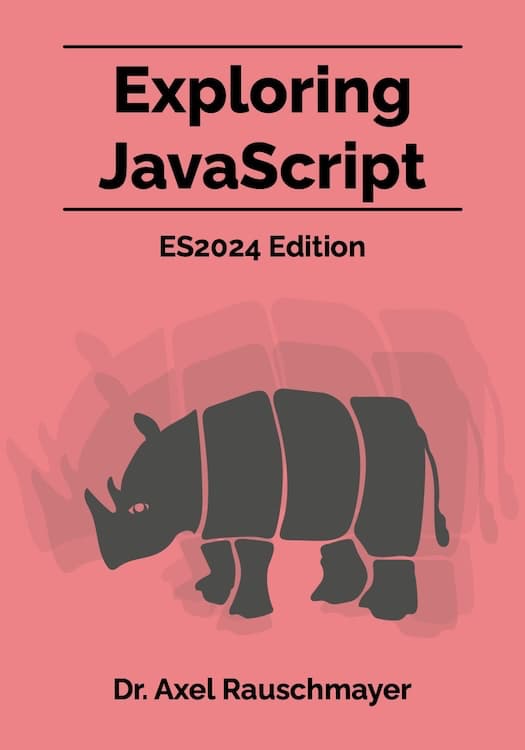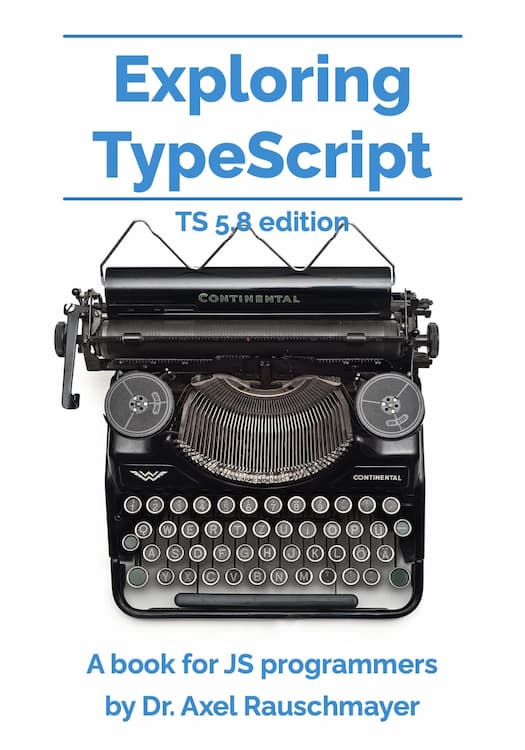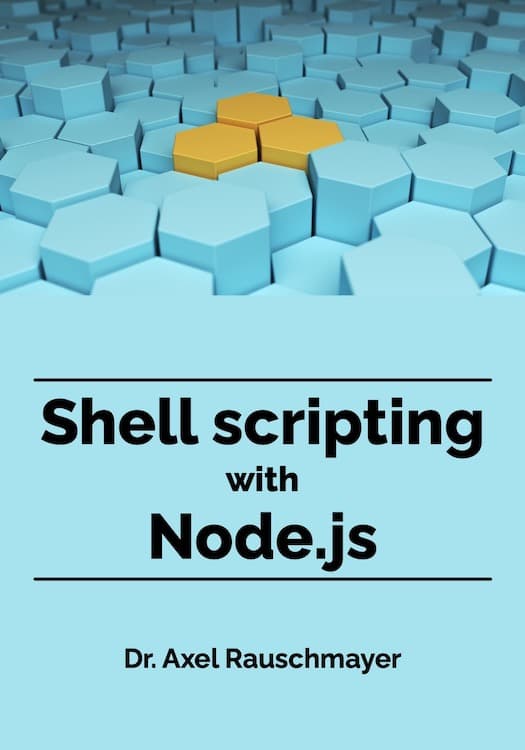2011-07
test262 – ensuring that JavaScript implementations comply with the ECMAScript specification
[2011-07-28] dev, javascript, jslang
With so many JavaScript implementations out there, how do you guarantee that all of them stay true to ECMA-262 (the ECMAScript language standard)? The answer is test262, a suite of tests to be run by an implementation. Quote from the test262 website:
ECMAScript.next: Array.from() and Array.of()
[2011-07-26] esnext, dev, javascript, jslang
Update 2014-05-08. Newer version of this post: “ECMAScript 6’s new array methods”
On July 9th, Brendan Eich announced that Rick Waldron had prototyped [1] two new methods for ECMAScript.next: Array.from() and Array.of(). Both methods are also useful in current JavaScript.
JavaScript properties: inheritance and enumerability
[2011-07-16] dev, javascript, jslang
Update 2012-10-29: “Properties in JavaScript” is a general introduction to how properties work.
This post examines how inheritance and enumerability affect operations on properties in JavaScript.
Programming: the benefits of taking a break
[2011-07-14] dev, software engineering
This post lists several benefits of taking a break during programming.
SourceMap on Firefox: source debugging for languages compiled to JavaScript [update: WebKit, too]
[2011-07-10] dev, firefox, javascript
Update 2011-09-16: Source maps are coming to WebKit, too. Mozilla and WebKit implementers might even agree on a common format.
More and more languages are compiled to JavaScript. Mozilla has plans to let you debug those languages in their source code (no need to look at JavaScript).
2011-06
A JavaScript glossary: ECMAScript, TC39, etc.
[2011-06-27] esnext, dev, javascript, jslang
This blog post explains the difference between JavaScript and ECMAScript. And the differences between ECMAScript.next, ECMAScript 6 and ECMAScript Harmony.
Prototypes as classes – an introduction to JavaScript inheritance
[2011-06-25] esnext, dev, javascript, jslang
Updates – read first:
- [2011-11-04] “Myth: JavaScript needs classes” introduces a more concise name for “prototypes as classes”: object exemplars. An exemplar is a factory for instances, constructors are function exemplars.
- [2012-01-08] “JavaScript inheritance by example” is a more hands-on introduction, complementing this post.
- [2012-07-29] Classes have been accepted for ECMAScript.next.
- [2012-10-03] Since this article has been written, it was decided that ECMAScript will have the special property __proto__ instead of the <| operator.
Incidentally, this post is also a good introduction to JavaScript inheritance, because the basics are easier to understand with prototypes as classes.
Translating CoffeeScript classes to JavaScript
[2011-06-23] dev, javascript, coffeescript, jslang
The post “Classes in Coffeescript” contains an interesting juxtaposition of CoffeeScript code and the JavaScript it is translated to. This post examines the result of the translation in more detail, which nicely illustrates how subclassing works in JavaScript. To understand the following, you should be familiar with JavaScript’s prototypal inheritance (explained here).
What’s up with the “constructor” property in JavaScript?
[2011-06-22] dev, javascript, jslang
All objects produced by built-in constructor functions in JavaScript have a property called constructor. This post explains what that property is all about.
Quick JavaScript tip: trailing commas inside an object literal
[2011-06-20] dev, javascript, jslang
It used to be that some JavaScript engines weren’t picky about trailing commas inside an object literals, while others threw a syntax error. The ECMAScript 5 language specification [1] has made trailing commas legal, via the following syntax rule (in Sect. 11.1.5):





